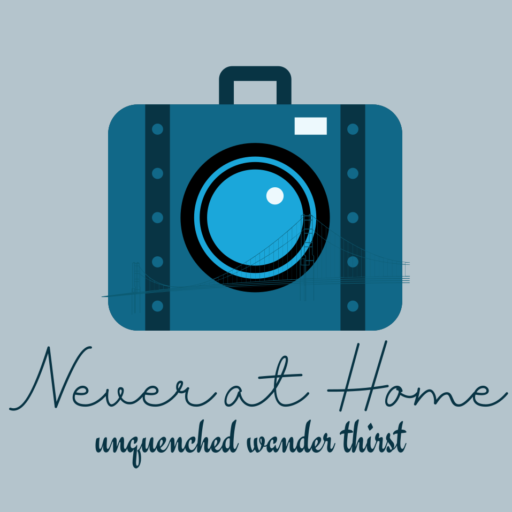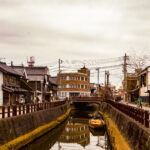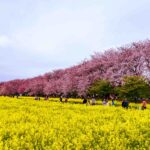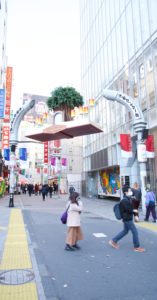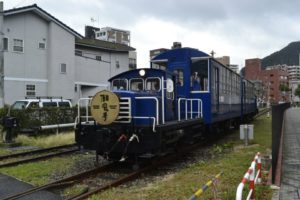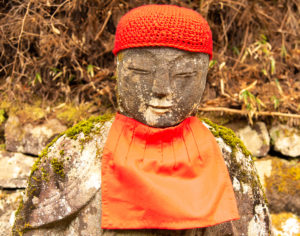
I first visited Nikko at the end of 2008, the year of the Lehman Shock and the economic turmoil that went with it. My trip did not start smoothly and it was luck and some good advice from the Tobu Station Nikko Tourism Center that I continued my visit.
The detail are in the following blog Sunshine in the Gloom
The Lehman Shock(as it is called in Japan) probably pales in comparison to what happened in 2020, more than a million lives lost and the effect on the lives of people is far greater and deeper , recovery and normalcy look distant in the daily roller-coaster of hope and disappointment.
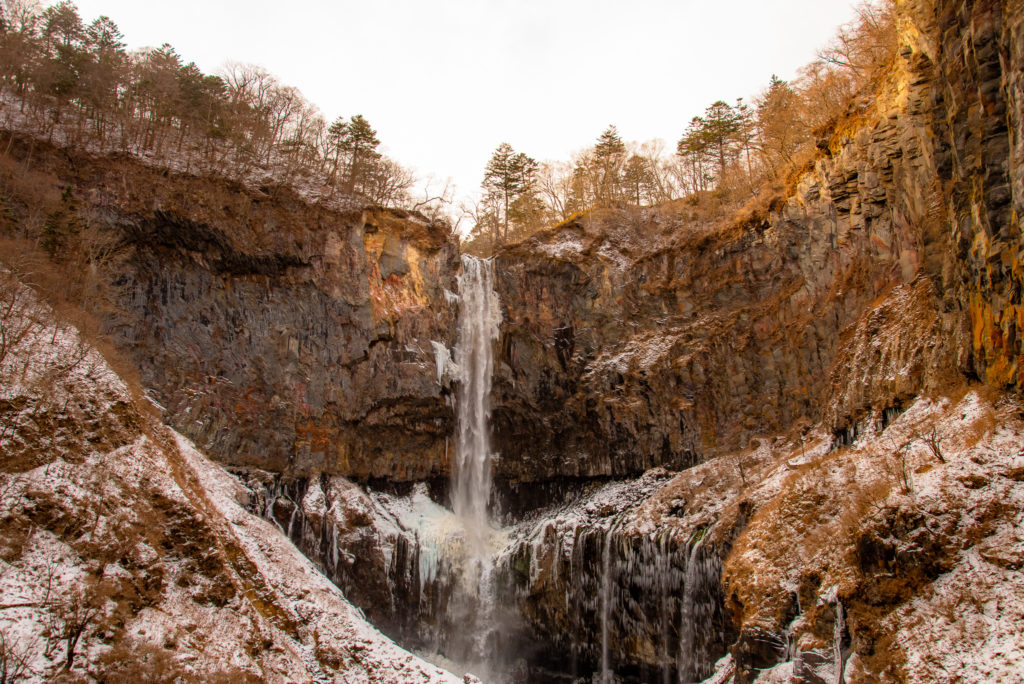
My Nikko trip this time around didn’t start smoothly either and was close to getting cancelled before I revived it. The travel industry has been the hardest hit in this pandemic and governments worldwide are trying to step in , trying to save or even revive the industry from a collapse.
The Japanese government introduced a promotion(Go to Travel) , covering 35% of the total cost of travel and accommodation, thereby encouraging people to travel more. I booked my trip using this promotion, but Japan and Tokyo in particular saw a sudden increase in the Coronavirus infection numbers. The government decided to suspend the promotion for a few weeks and my travel fell within that period.
The OTA I used to make the booking cancelled it a week before the travel date and I was looking at the prospect of spending the New Year at home. The urge to travel is an itch that won’t go away, so I made the booking again, this time without the government subsidies.
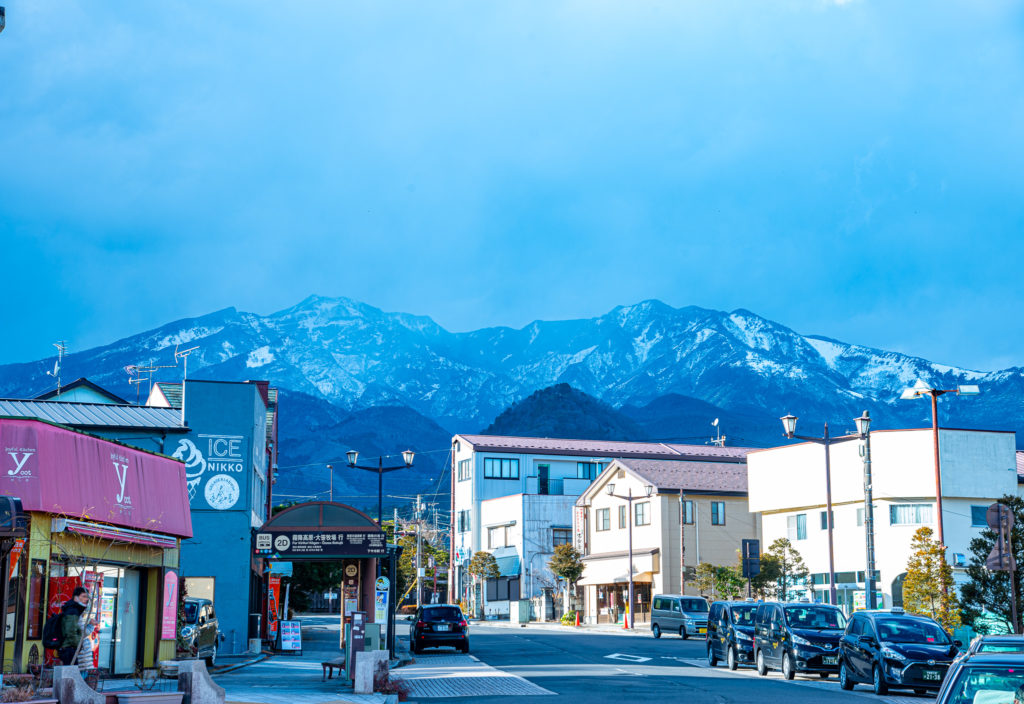
Nikko is around 170 kilometres from Tokyo and Tobu railways run trains on the hour. The Tobu Asakusa station hides behind the building on the Umamichi Dori near the Matsuya Departmental store and the Tobu Hotel.
The trains are fast, comfortable and in time of pandemic, not crowded. There were less than 10 people in the compartment, though it can accommodate 44. There is a diner car, at least one where snacks and refreshments can be purchased. The train conductor announces that the attendants will not come to the compartments with their trollies, instead one needs to go the compartment and purchase.
The train passes the Tokyo urban sprawl, into the countryside and then into the mountains. Tokyo has a population density of 6158 persons per square kilometre but remarkably I hardly see a person outside on this December morning. The start of the year end holidays, the weekend or a bitingly cold winter morning could be the reason, but it is one feature that surprises across all seasons.
The first challenge after landing in Nikko was to find a vegetarian restaurant for much and the ‘Gyoza no Umechan’ has a vegetarian menu and an affable owner.
He bought out the vegetarian menu, in English, and explained what was available and what was not.
I remember someone once saying ‘ there are many different types of vegetarians, ones who eat egg, one’s who dont eat onions, ones’s who dont eat mushrooms…. The owner of Gyoza on Umechan obviously understand the pickiness of this breed and was waiting expectantly till we were mid way into our meal to find out if there was something in the Ramen that didnt meet our criteria of vegetarian.
We went back there, again, a few days later and he not only remembered us, he remembered exactly where we sat and what we ate!
Customer Service is mostly attitude and Nikko has plenty of the right attitude.
The Chef at the hotel we stayed in would offer suggestions every day on what we could eat and offered to make dishes other than what we ate. The owner of the hotel offered a convenient place near the railway stations to store our baggage and even told us the code to the lock so that we could retrieve our baggage while returning.
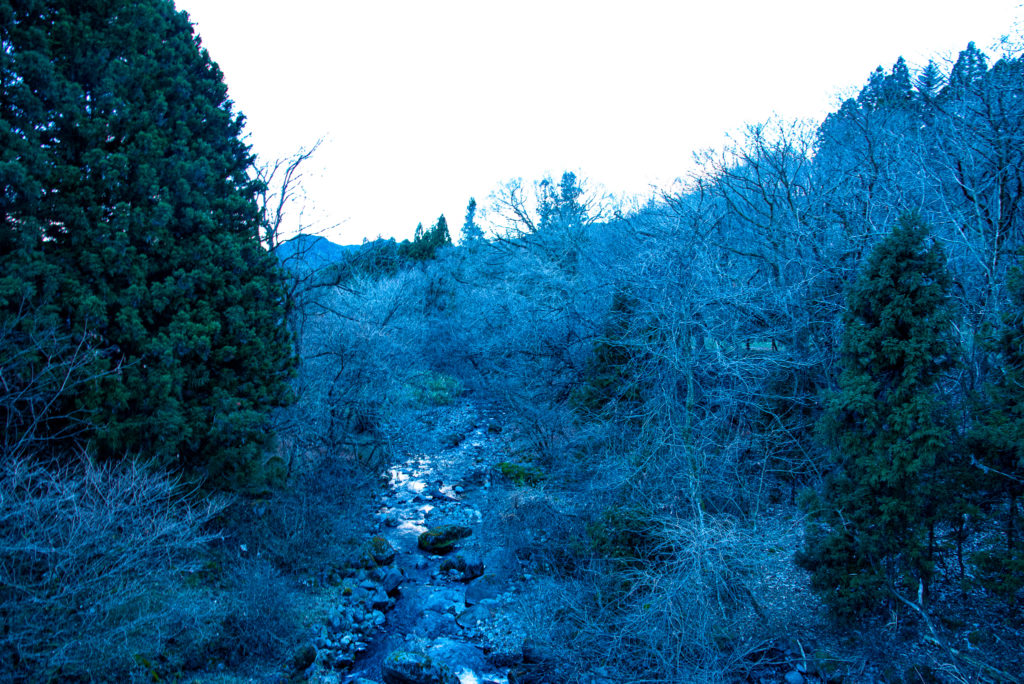
The driver of the bus from the Chuzenji lake to the Nikko Station, pointed out the important spots on the ride down the mountains, even stopping for passengers to take pictures. I can tell a few more anecdotes of people going out of their way to be helpful, but Nikko and for that matter most of Japan, has the right attitude when dealing with customers.
Even though 11 years is a long time, Nikko doesn’t seem to have changed much. At least the area around the Tobu Nikko station remains almost the same. There is at least one restaurant shuttered up, a hotel run by the same owner around the Chuzenji lake was also closed, though most of the other businesses seemed to be running.
The fountain in front of the Tobu Nikko station still bubbled, though there would be ice formations on it in the next few days. A tourist-y description of the attractions around Nikko is out of scope for this blog, there is more than enough material , much better researched for sure, around.
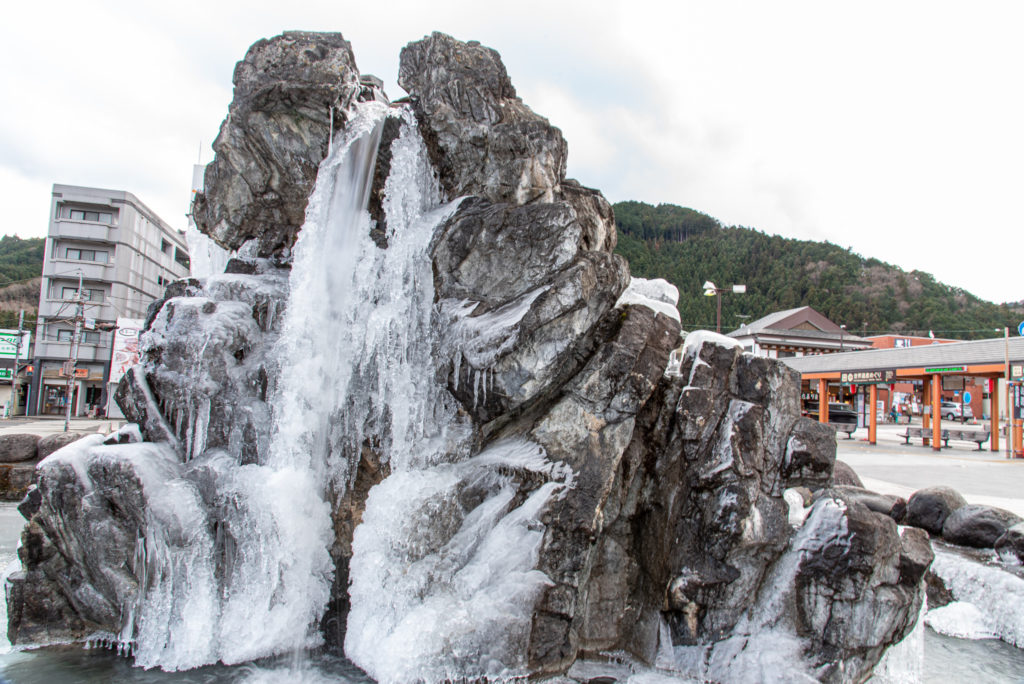
The three attractions I will describe in more detail are the the Yudaki Falls, Tachiki Kannon Nikko Chuzenji temple and Kanmanfaguchi Abyss. These are the three sites which seemed less visited, at least there were hardly any people around when I visited the place. The other temples, shrines and other attractions are popular and well covered on the internet.
The original plan for the trip was to hike around the Chuzenji and Yumoto Onsen area, but the heavy snow on the mountains made that unrealistic. An advice for the innocents is that trying to hiking in winter on the mountains is a death wish. The snow is too deep tand walking a few hundred metres is an effort. Unless one is dressed for Siberian winter conditions a few minutes outdoors is all that one can tolerate.
Yudaki Falls((湯滝)
Yudaki Falls can be accessed by the bus which runs from Nikko to the Yumoto Onsen and one needs to get off at the Yutaki Iriguchi (湯滝入り口)bus stop. Heavy snowfalls obscures all signs of a path but the helpful bus driver pointed out which direction we needed to walk. A few sign boards still visible over a feet of snow guides us down to the falls. The cold was biting and the fingers went number every time I took off my gloves.
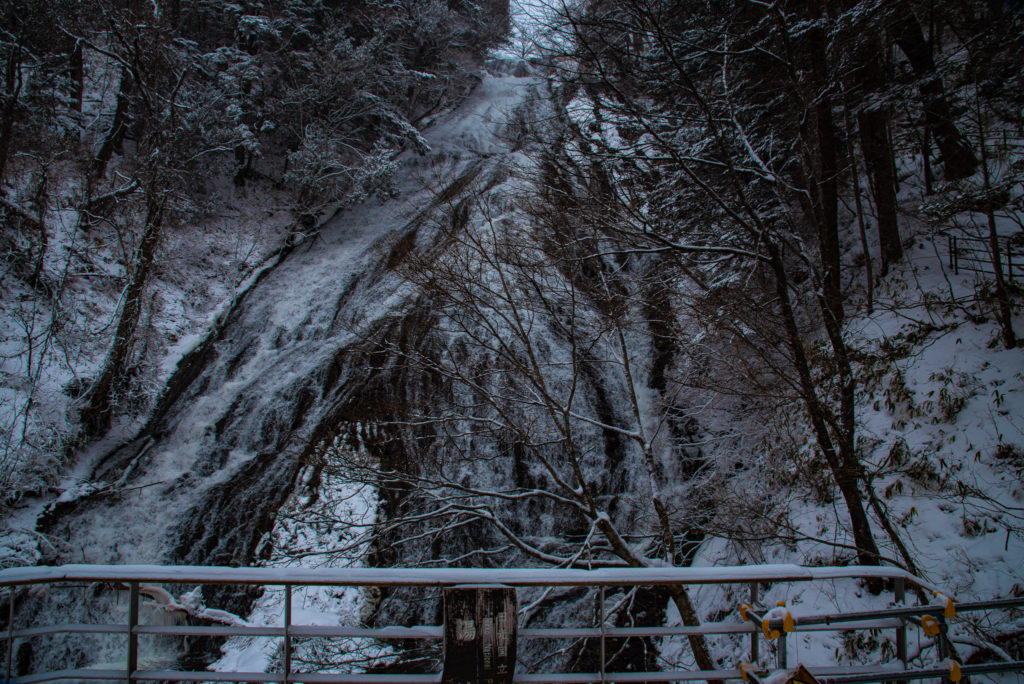
We passed a few shuttered shops, the snow a bit heavier now and threatening to turn into a blizzard. There are a few toilets, or at least signs pointing to a toilet, we didn’t stop to investigate. There is no sheltered area, to stop and take out the cameras. So I have my son hold the backpack horizontally to take out the camera. The backpack is obviously not designed to take out the camera on the move.
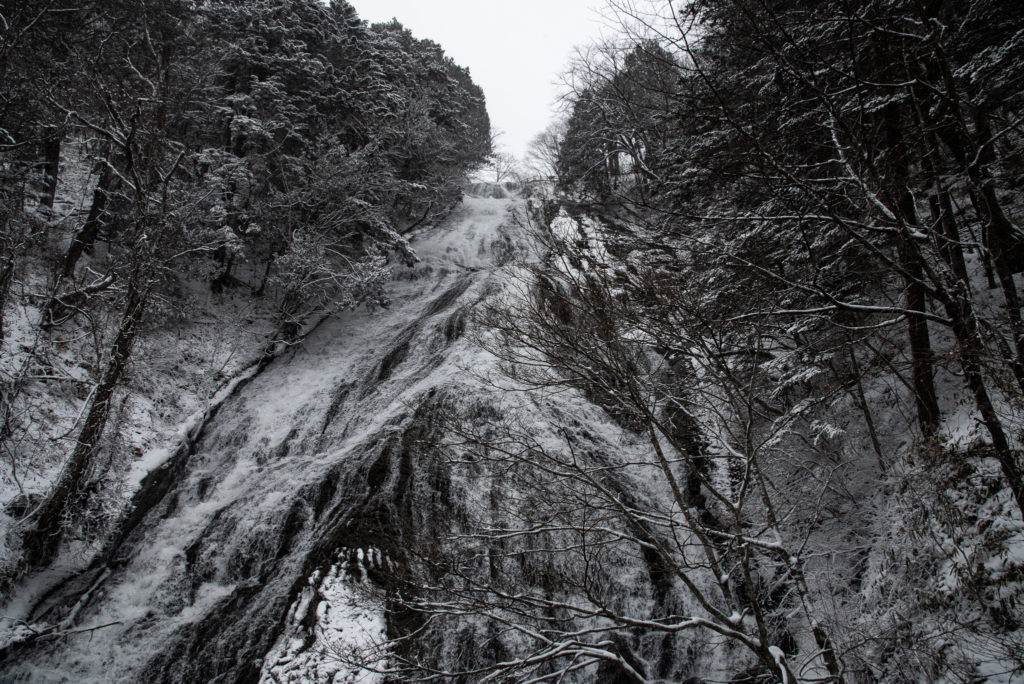
The waterfall flows though speckles of snow, everything surrounding it covered by ice and snow, make a beautiful sight. There is at least one set of footprints, relatively fresh, in the snow. The heavy snow, the laborious walk and the occasional blizzard, like the one we are experiencing are reasons enough to dissuade everyone except the foolhardy and the ignorant.
The walk back to the bus stop is uphill and we struggle even more. The blizzard has ceased, but the snow on the ground is deeper. The walk back is around 250 metres, but the uphill walk , the struggle through a foot deep snow and the biting cold make it an uncomfortable effort. I realise that my hiking pants, with pockets at every available place, are not enough, another layer of clothing is required for this weather. So are snow shoes or shoes which at least cover your ankles.
There is another waterfall Ryuzu Falls(竜頭の滝)on the way back to Chuzenji. The bus stop is named after the falls, but once we got down the path to the falls was not clear. There is a gate leading to the car parking and an uphill path, made slippery by ice, leading to the toilets.
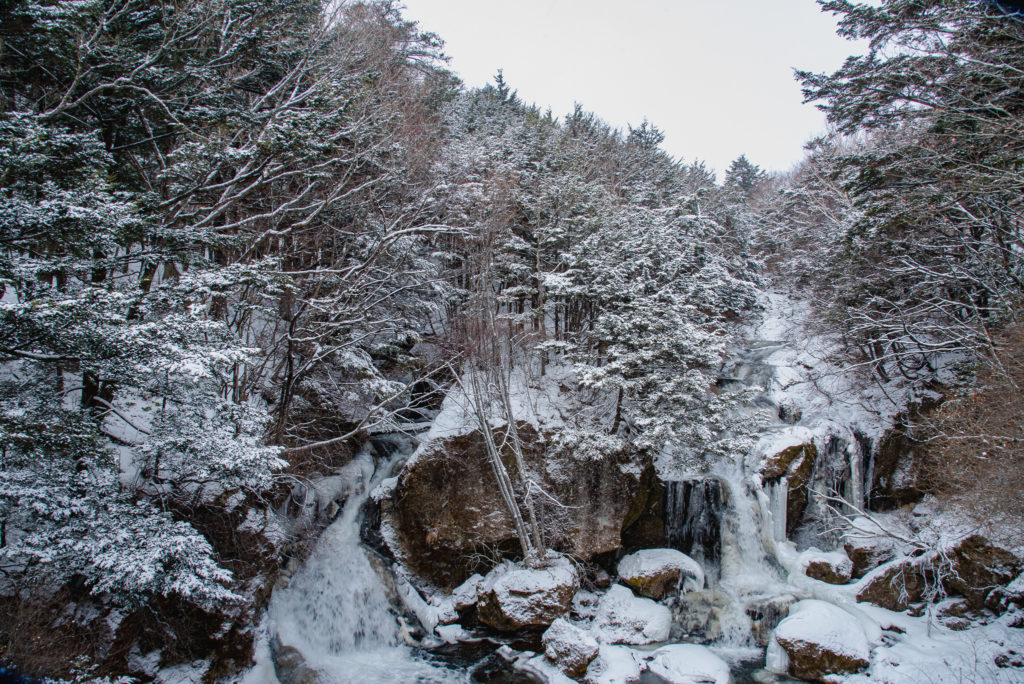
It’s only after we entered a souvenir shop we realised that the falls were visible from behind the shops. You can sit in the restaurant(connected to the shop) and watch the falls. There is an observation deck outside the restaurant.
There was a group sitting behind us in the restaurant speaking Punjabi . Looking behind I could make out a group of three, one with a turban. They cursed the cold in rustic Punjabi and then went up to the counter and ordered their food in perfect Japanese!
We headed back to Chuzenji to take some pictures around the lake. We stood on the boardwalk, removing the cameras and an old lady from a nearby cafe beckoned us inside.
‘We’ll come in after looking around’ I answered.
I looked up and the Cafe was called Adonis Cafe.
Once we finished photographing the lake, the mountains in the distance we went back and had our lunch at the ‘Adonis Cafe’.
Forgetting to brush the snow of my shoes, I went in to a warm Nikko welcome from the lady running the cafe and by the time I left the snow on the shoes had melted into small puddles.
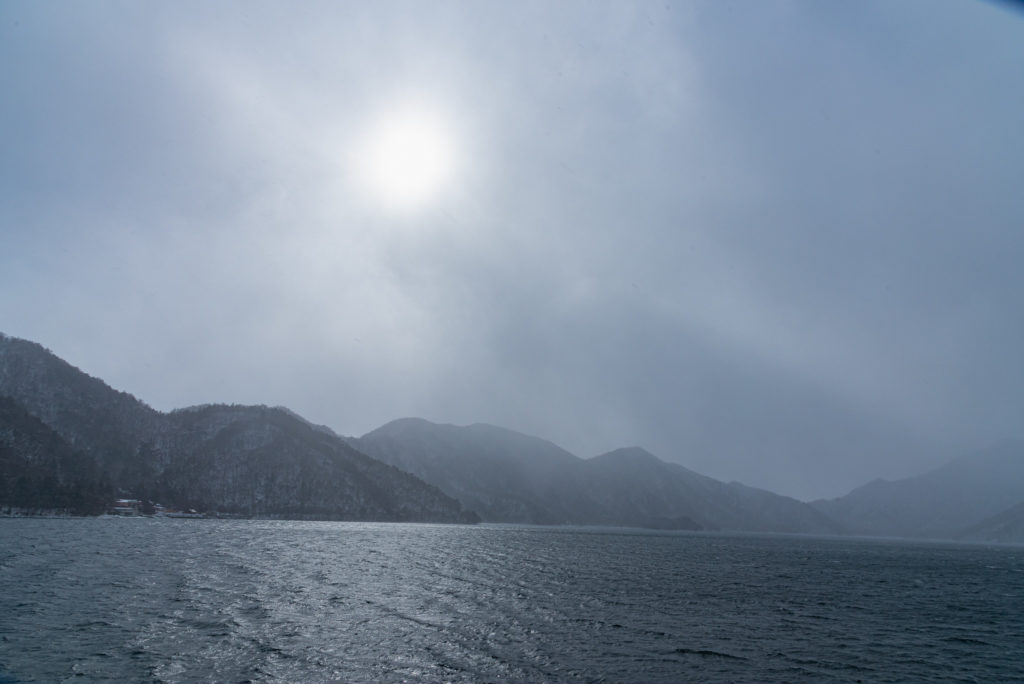
The ideal holiday for me is a day of physical activity and a quiet drink in the evening. The last day of the year is meant for festivities and parties, but the pandemic has forced the celebrations to go muted or at least not overly visible.
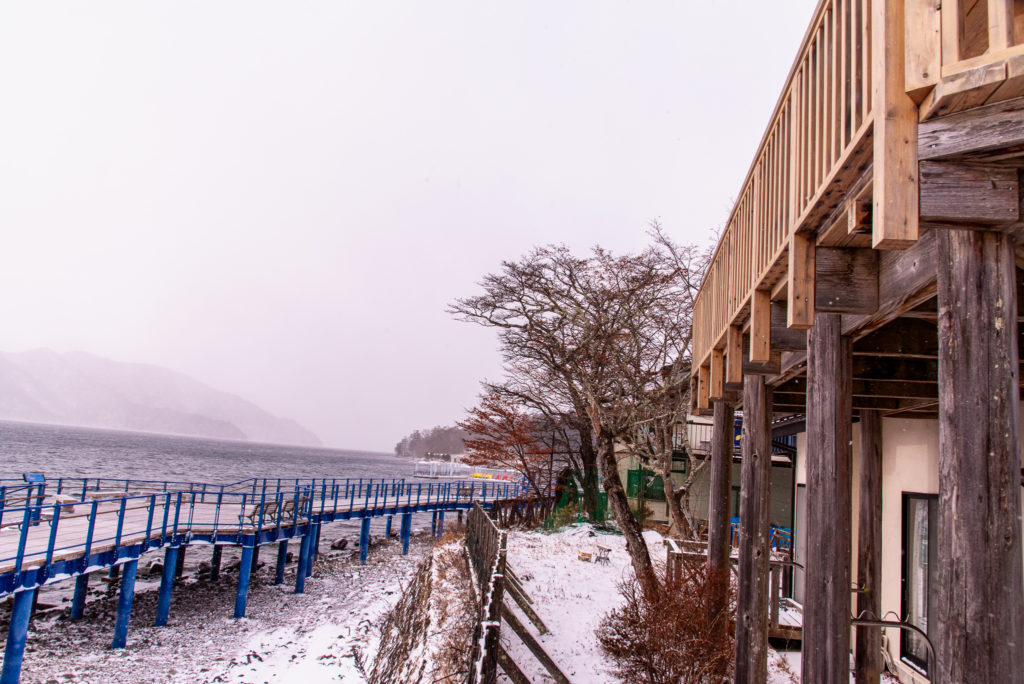
The chef at our hotel had prepared Tempura Soba and invited everyone in batches to a bowl of this dish. Eating Soba is a part of the New Year’s eve tradition and even though Ramen is the comfort food in Japan after a few drinks but Tempura Soba also does the job quite well.
Settling down with a drink at the hotel and flicking through the TV channels, I came upon a channel showing a 25 year old Tamil movie ’Muthu’ with Japanese subtitles.
‘Muthu’, a Rajnikanth starring hit, was discovered by a Japanese movie critic at a video shop in Little India, Singapore and fascinated him so much that he approached Japanese distributors to release the movie in Japan.
One distributor agreed, dubbed it into Japanese, renamed it ‘Muthu Odoru Maharaja’ (ムトゥ 踊るマハラジャ) which means ‘Muthu the dancing Maharaja’. The movie became the highest grossing movie for a theatre in Shibuya and the highest grossing Indian movie in Japan. It is also the 2nd highest grossing Indian movie outside of India(behind Dilwale Dulhaniya Le Jayenge)
The year 2020 ended with me watching ‘Muthu’ and there is nothing I can write or express which would describe the odd end to this unarguably odd year.
Tachiki Kannon Nikkosan Chuzenji Temple (中禅寺立木観音)
The New Year tradition in Japan, other than eating the special New Year dishes, is visiting a temple and praying for good fortune for the coming year. Even as a life long agnostic I find traditions appealing.’ As Marx said, Religion is the Opium of the people’. If a tradition soothes the mind and does no harm, it is a good tradition.
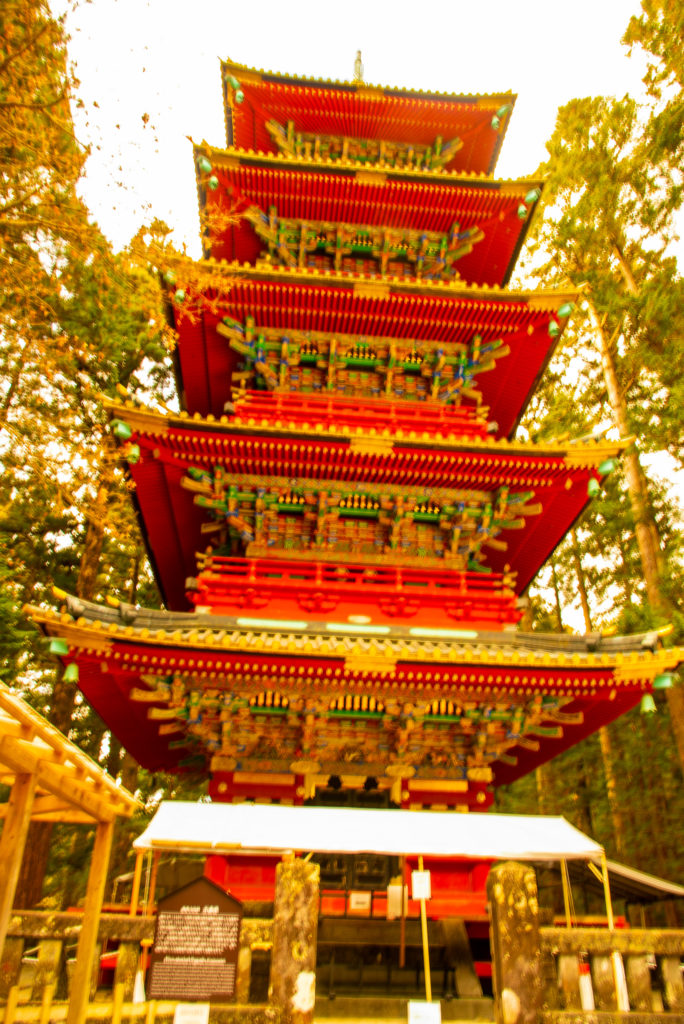
I have visited temples and shrines on many New Year Eves spent in Japan. It takes strong belief or a love for tradition to queue up for hours on bitterly cold winter mornings but the pandemic has dampened the spirit to gather in crowded locations.

Nikko has a few shrines, the Toshogu, Rinnoji and Futarasan where crowds congregate in large numbers on New Year Mornings. However a desire to avoid crowds and visit a new temple drew me to the Tachiki Kannon Nikkosan Chuzenji temple.
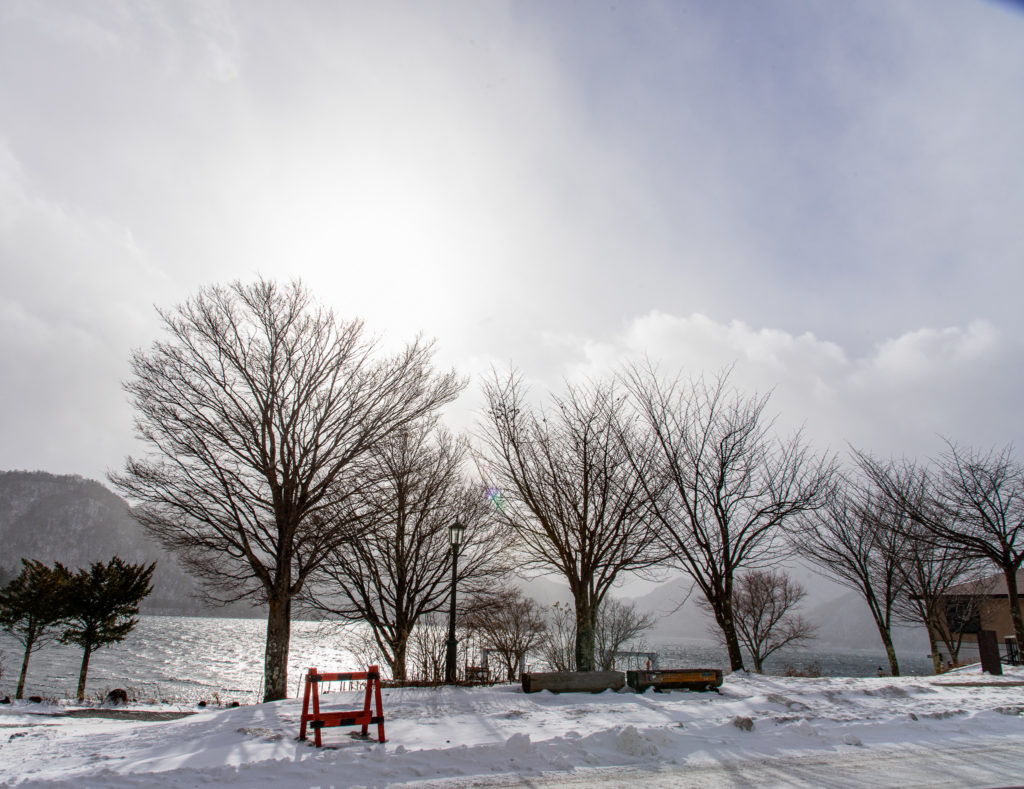
The temple is located on the banks of Lake Chuzenji and apparently not on the visitors list in winter. Getting directions to the temple was a challenge as the staff at the Chuzenji Bus stop struggled to understand which temple I was referring to.
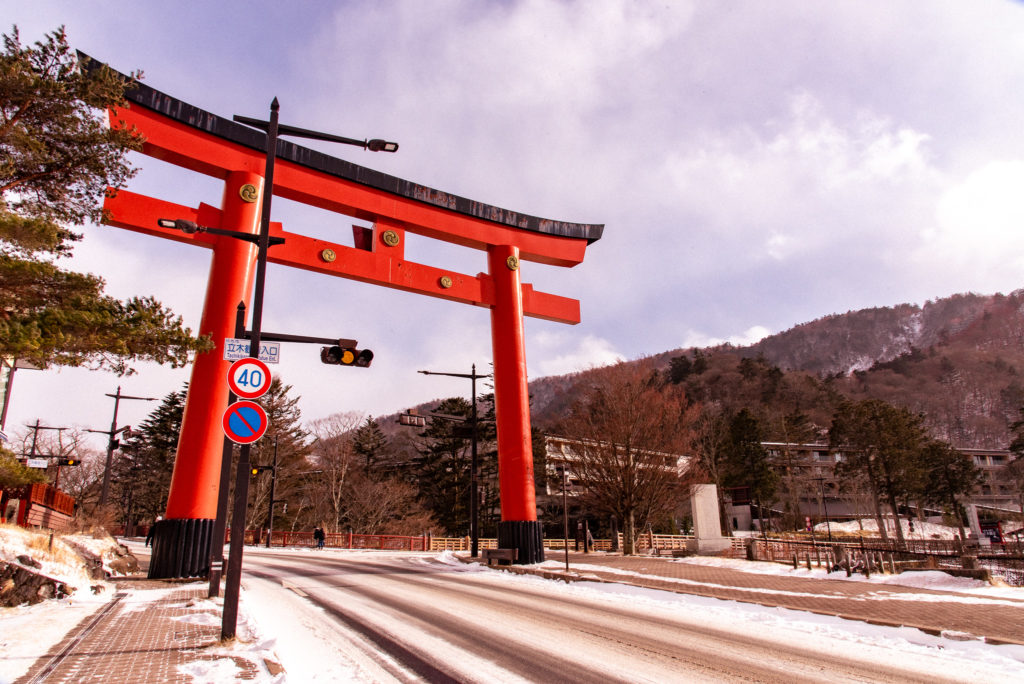
The Futarasan Jinja (shrine) Chugushi is located a few kilometres away from the bus stop, and being a place for people to pray for a romantic match. I met my match 20 years ago and a visit to the shrine was not on the plan. However that was where the staff at the Chuzenji Bus Station was directing us to when I asked directions to the nearest shrine.
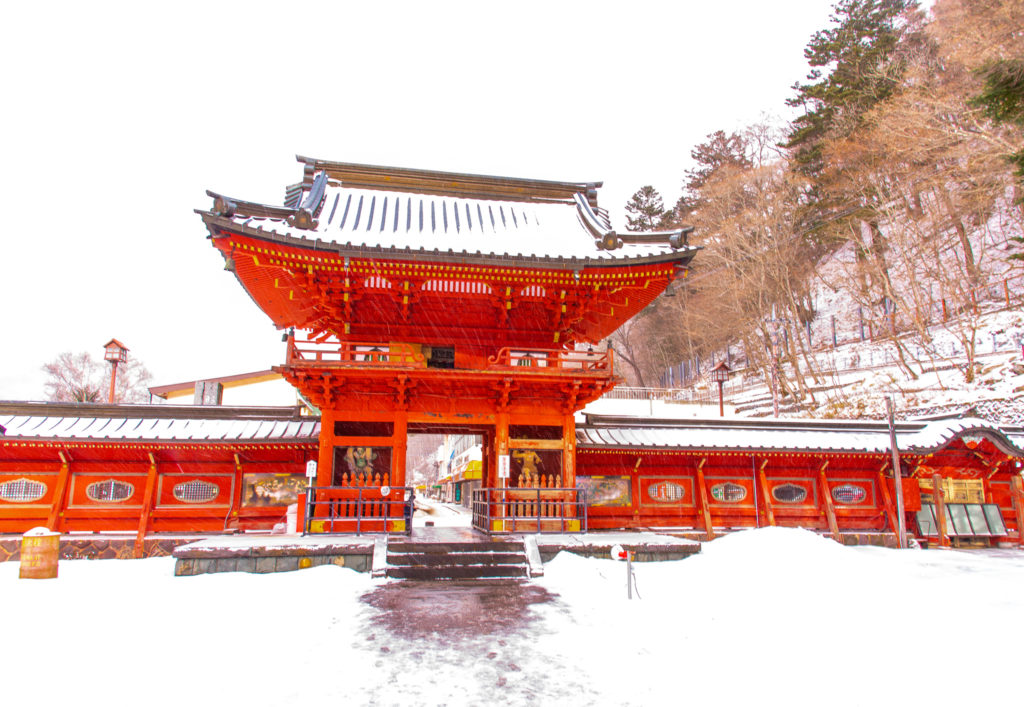
I had to explain to the staff that I meant a different shrine and he had to go back and consult a colleague before pointing the right way to me. One needs to walk towards the Chuzenji lake, take a left at the 2nd traffic lights, walk for another 10 minutes to reach the Nikkosan Chuzenji temple.
The roads were mostly deserted , an occasional car passed by and there was no one on the sidewalks. The snow has been swept at a few places but most of the sidewalk was filled with snow and ice, walking was a careful exercise.
The French Embassy villa, privately owned and obviously meant for summers, was on the left, the entrance closed and an air of winter neglect around it. I could see a handful of visitors at the shrine and other than the few it seemed mostly deserted.
The entrance to the temple is unassuming, the gate unremarkable against the other buildings nearby, but once you enter ,the bell tower inside the complex on the right stands out.
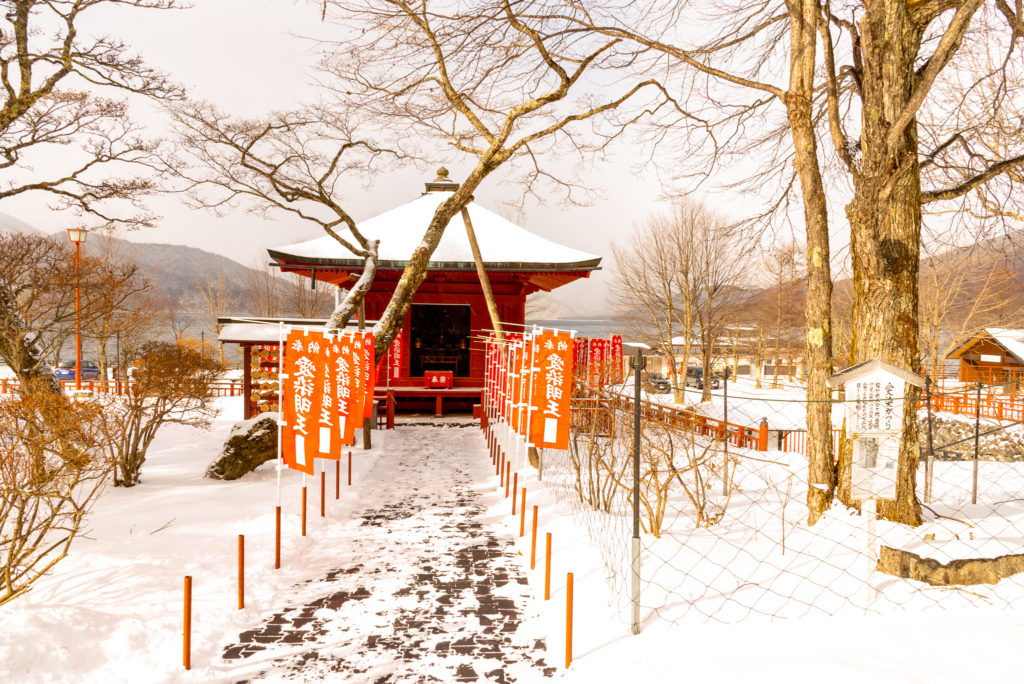
The temple was founded in 784 AD by Shodo, the first head priest of Nikko.
According to the accounts I have looked at the Lake Chuzenji was named after the temple and not the other way round. There is a statue of a 1000 armed Kannon(Goddess of Mercy) Interestingly Kannon is derived from Sanskrit word ‘Avalokiteshvara’. Kannon is a Bodhisattva, which means someone who has prolonged her own internal enlightenment to stay behind and help everyone who suffers in the world. The Bodhisattva can be from either of the sexes but the Kannon is always referred to as a female.
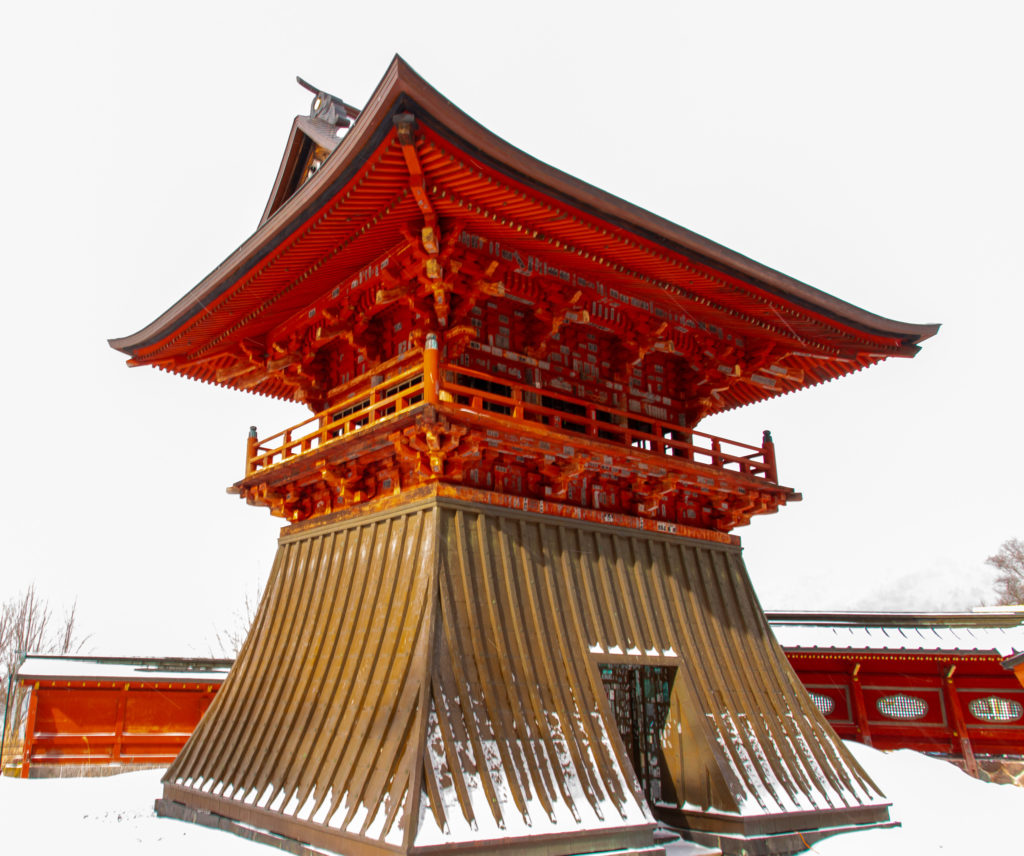
There are many temples dedicated to Kannon all over Japan and an 88 temple pilgrimage route in Shikoku(one of the islands making up Japan) has 29 temples dedicated to Kannon.
Buddhism came from Chine to Japan, but there is a strong Indian influence seen through the Sanskrit names of the Gods. The temples and shrines at Kyoto show the names of the names of the Gods along with the Japanese ones.
Photography inside the main shrine at this temple is prohibited so there is no way to take a picture of the statue. There was one family ahead of us, offering their prayers in the Japanese tradition. We walked behind, keeping a safe distance, the pandemic looms over us in the temple too.
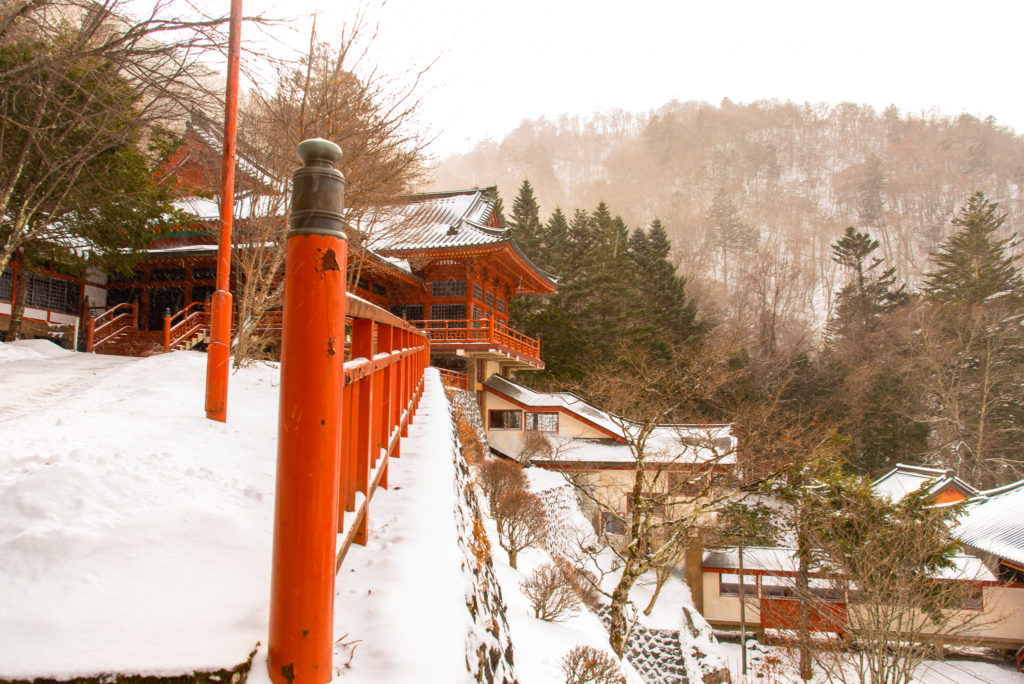
Walking around in the shrine and browsing the souvenirs for sale, temples rely on souvenir sales and donations for their revenue, a young priest asked us if we wanted to offer prayers in our family name at the temple.
In my 17 years in Japan, I have visited many temples and shrines but this was the first time someone had asked me, clearly a foreigner, to offer prayers. Whether it was the surprise of the request, or the desire for another quaint tradition, after a quick consultation with my wife I agreed.
I wrote down the names of all three os us, made the contribution(paid by Credit Card) and was told that prayers would be offered in our names every morning for a year. At the end of the year a postcard would be sent reminding us and if we wished we could extend it by another year by making a contribution.
Belief, or the lack of it apart, the thought of someone reading our names every morning, in a temple, in Japan was worth the contribution required.
We can choose what prayers would be offered(there are wooden stamps with the messages written on them) We chose Safety and Health(only 2 choices for the contribution amount) and the priest put the stamps on the sheet of paper with our names.

The plan was to return to Nikko, have lunch at one of the restaurants we visited 11 years ago and then do shopping. The restaurant was closed for the Year end holidays and we ended up at the ‘Gyoza no Umechan,’ a warm welcome from the owner who recognized us and remembered where we sat and what we ate.
A bowl of hot spicy Ramen and Gyoza is the ideal winter meal. The vegetarian menu has a few other options including a spicy tofu, but that is for another day.
Kamangafuchi Abyss(憾満ヶ淵)
One of the most recognized images of Nikko is of grey statues in bright red caps. The statues are of a ghost Jizo(化け地蔵) and according to local legends can disappear and appear at different locations. Jizo is another deity in Japan and is known as a Bodhisatva who cares for travellers and lost souls and is also a guardian of children. Another legend is that every time you count them they turn up a different number. We did plan to count the statues but forgot to do it in the end.

The Jizo statues are decorated with red cloth bibs and crocheted caps. The row of statues here is called Narabi Jizo(Jizos in a line). There are roughly 70 statues lined up in front of a wall and overlook that Daiyagawa river.
The Shinkyo bridge is another popular image of Nikko, bright red lacquered bridge standing over the Daiyagawa river. The bridge is a starting point for the walk to the Abyss, a short and pleasant walk on the cold winder morning.
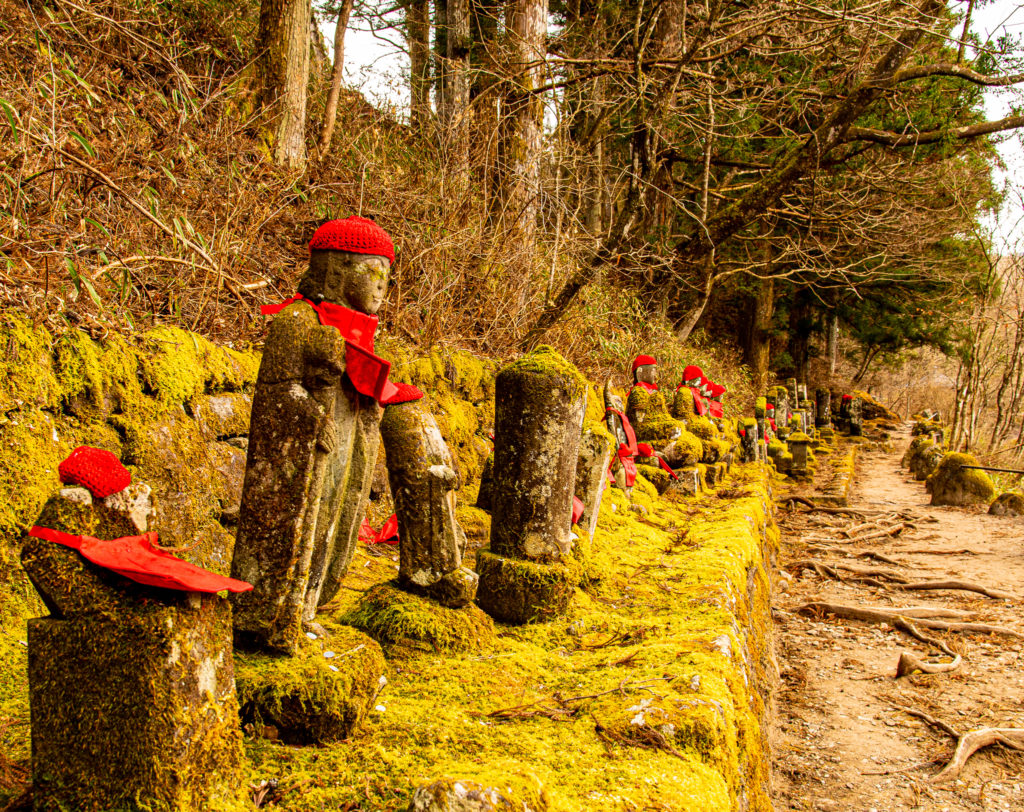
After walking past the bridge, the Toshogu shrine to the right, walk a few metres and then take a left turn on the small lane.
There is a small sidewalk on both sides of the road which passes through a quiet residential area which also has a few small workshops and a used car yard.
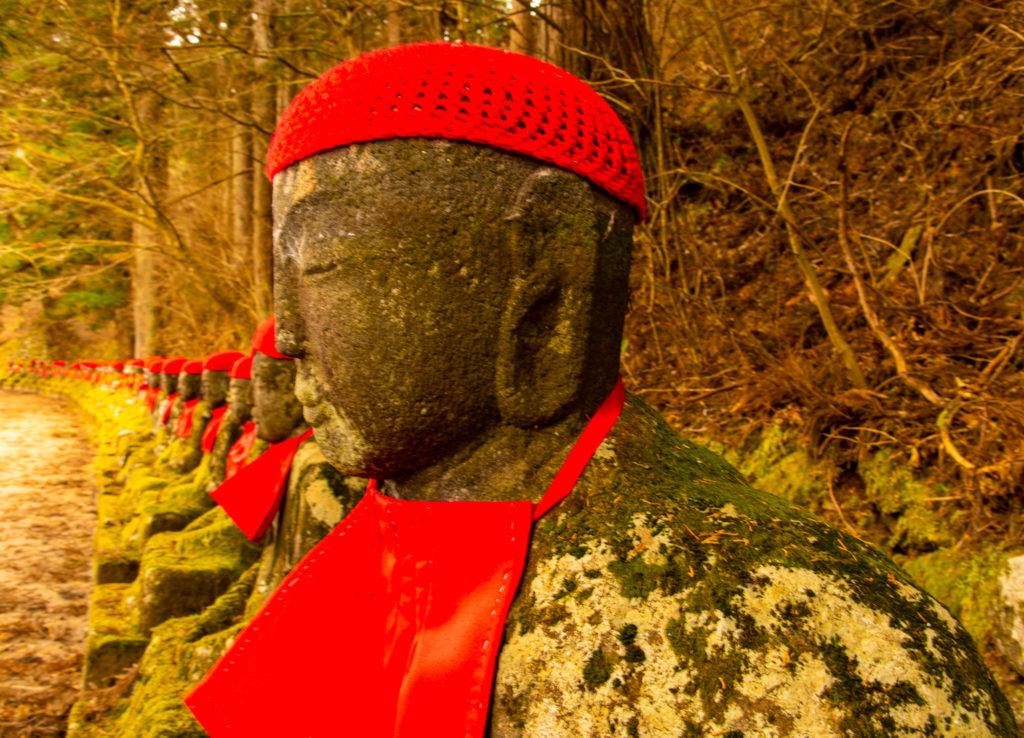
There was another family ahead of us when we reached the row of statues. There is a tourist information office, closed in winter and the area has a pleasant , deserted feel to it. The pandemic drives us away from other people, all possible contact with a fellow human, the risk fo contracting the unknown from someone unknown hangs over us every moment.

There is a sign asking people to look out for bears. Since bears are in hibernation in winters, there was little chance of one appearing.
The place is named rather dramatically as Kanmangafuchi Abyss. It is a gorge that was created by volcanic explosions of the nearby Mt Nantai more than 7000 years ago and is a 20 minutes walk from the Shinkyo bridge.
The tourists obviously do not visit this attraction in winters and we are mostly on our own. A few cars pass by including a police patrol car, which goes up to the starting point of the statues , turns around and heads back.
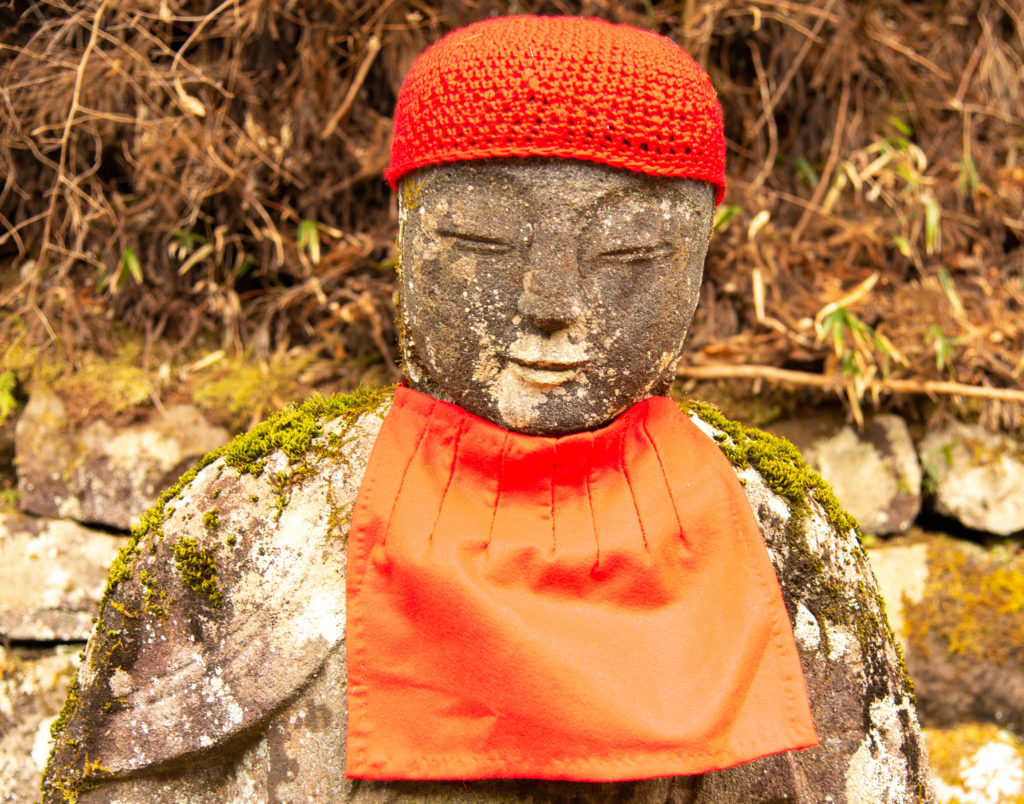
The Abyss, with its lonely statues, dressed up in bright red , water gushing in the river below in the bare winter cold makes it the perfect place for the season.
The red colour probably dates back to traditions of the Asuka period, children with infectious diseases were given red cloth to distinguish them from other children. Red is also seen as a colour which provides safety and protection.
There is another group ahead of us, apparently with a guide who is explaining something about the importance of the spot. He points to where the river goes and I catch ‘Mt Nantai, Rinnoji, people who couldn’t visit the temple….. Its a jumble of words and I am still trying to find some meaning to them, because he was apparently explaining something about the spot.

There is a temple(Jiun-ji) on the left, which too is closed in the winter and it leads to a small rocky path, a few steps leading to a small shelter with a tiled roof( Reihikaku ) with a rock with a hole at the center. This was apparently a place for ceremonial fires and one of the guides says there are Sanskrit characters carved into the cliff. The legend is that the characters were carved by Kobo Daishi, the founder of Shingon Buddhism.
I follow the group and their apparent guide up the steps which leads to a road and I realize the guide was a taxi driver, explaining something which probably is not available in the guide books.
There is a ceremony held in February when candle are placed along the Jizo statues, it is called the Nikko Candle Pageant and it is one time in winter when this area gets crowded. That’s a mental note for the next visit, but considering it took me 11 years to go back to a place I so loved , I dont know when the next visit will be.
My last Nikko Blog was titled ‘Sunshine in the Gloom’, a reference to the global crisis triggered by the Lehman Brothers collapse. The day I reached Nikko, Tokyo registered 1,300 new Covid cases and the numbers continued increasing touching almost 2,500 on January 7th. The Tokyo govt declared an emergency on the 8th and as I write the blog we are in the 2nd round of emergency.
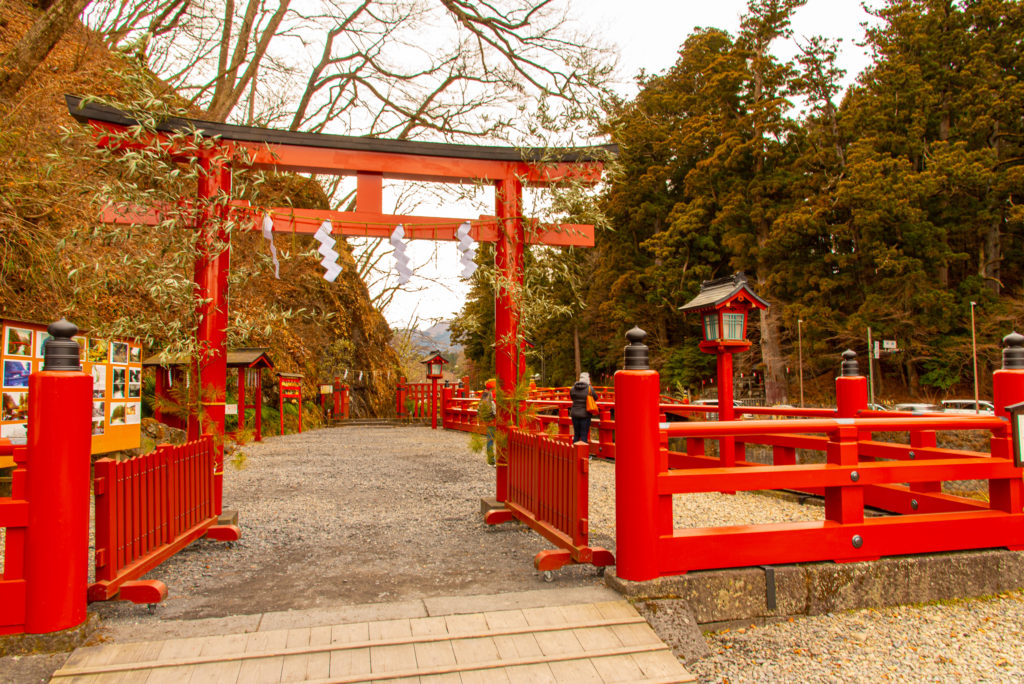
Emergency declarations in Japan rely on the compliance of the public, rather than a threat of punishment. When the first round of emergency happened in April, 2020 there was a hope that compliance will provide relief and fast. June 2020 proved that self-discipline worked and we hoped for better times. Six months today is a lifetime and the weariness from abstinence, at least one on the functions of daily life is the biggest risk we face today.
Vaccines approval and implementation in Japan is a few months away and patience is in short supply. Businesses which survived the last round of restrictions dread being able to survive another month.
Perseverance is easier to exhort and difficult to practice. There is a sense of weariness from excessive hope, each time we feel that we’ve turned the corner, things gets worse.
The coldest of nights dawn into the brightest of days and maybe our dawn is just around the corner.
